From being the 'First to Produce Nylon in Korea', We continuously strive to be the First & Best
Being the first to produce nylon in Korea, we have been in line with Korea's economic development and are continuously writing a history of growth through bold innovation and challenges as a global chemical/material maker.
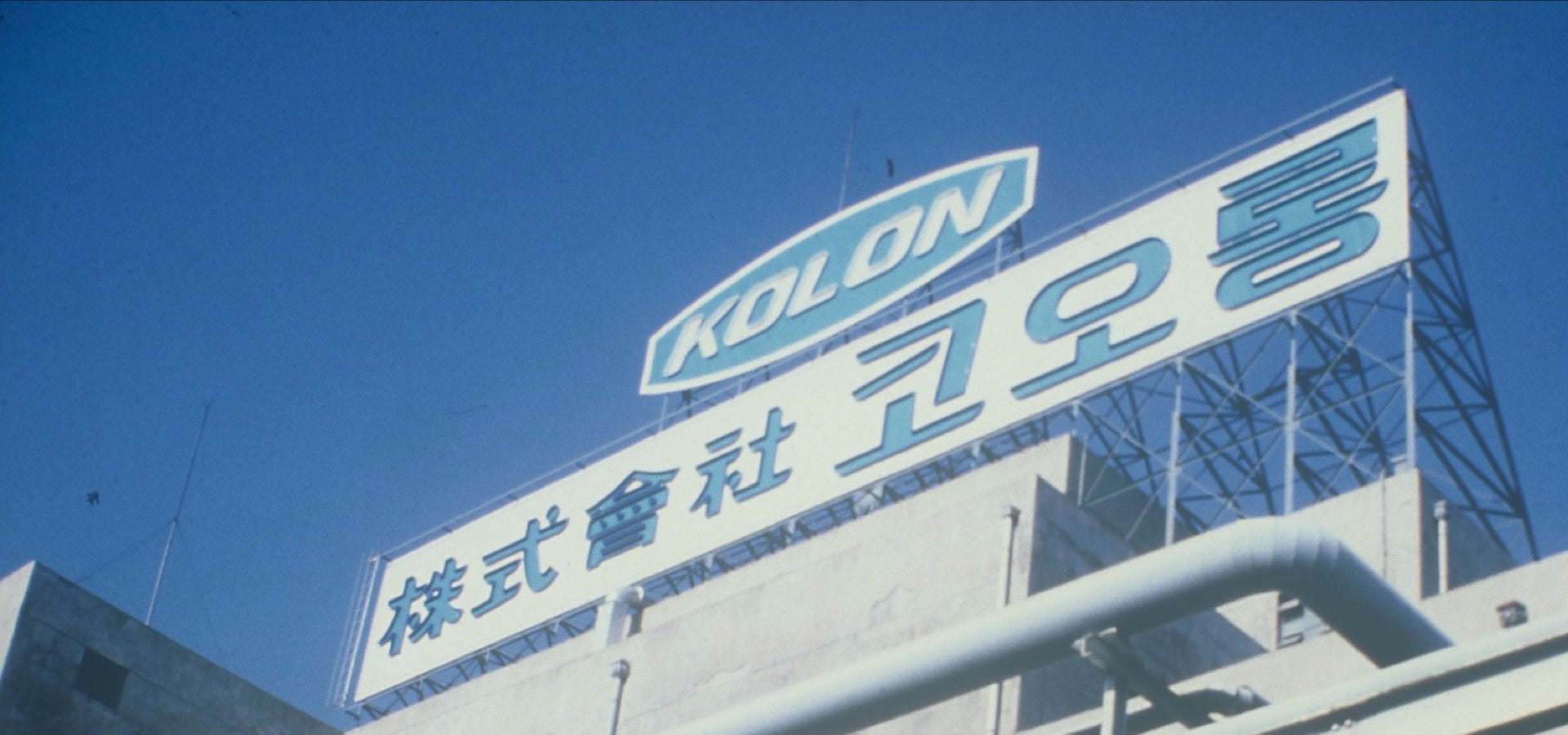
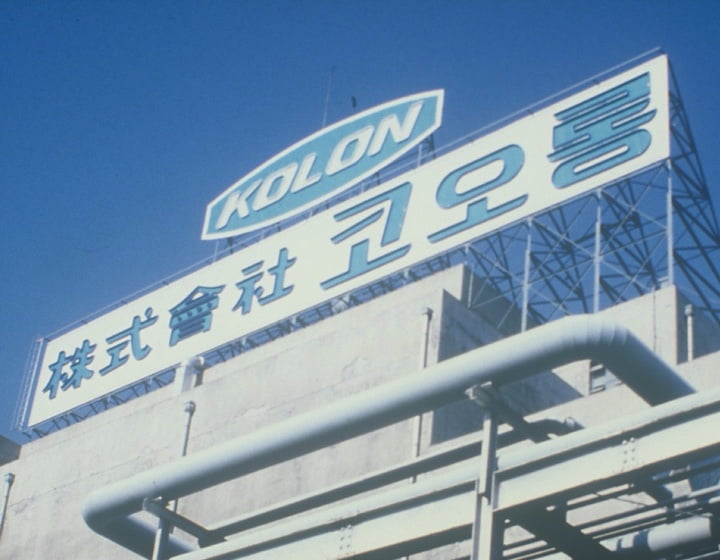
2010-Today
Evolution
After becoming an independent company separated from the Manufacturing Department of KOLON Corporation, we have entered a stable growth phase and sharpened its competitive edge by focusing on our four areas; Industrial Materials, Chemicals, Films/electronic Materials, and Fashion.
Now, we stand on our own leading the growth of the KOLON Group.
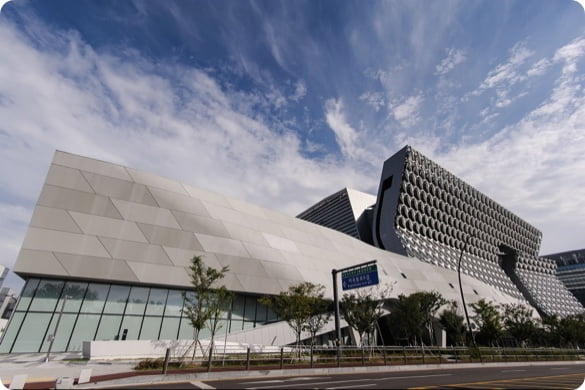
Since 2010, we are making various efforts to create other levels of performance.
Based on the four business groups of industrial materials, chemical, film/electronic materials, and fashion, we have secured a growth bridgehead by actively investing in CPI, fuel cell, high-tech petroleum resin and aramid expansion, as well as overseas production bases such as Vietnam and Mexico.
In addition, we are creating new synergy by moving our headquarters and R&D centers to Magok for collaboration in various sectors.
2022
Establishment of CSO for Future Business Control Tower
2021
Aramid Double-Up Expansion
High-tech resin production (Yeosu plant)
2019
Started hydrogen fuel cell & membrane humidifier mass production
2018
Started flexible display film business (CPI©)
Establishment of tire cord plant in Vietnam
Relocated head office and R&D center to Magok, Seoul
2017
Establishment of tire cord office in Vietnam
2016
Establishment of airbag office in Vietnam
2015
Establishment of airbag office in Mexico
2012
Establishment of DFR office in China
2011
Cambridge KOLON merged into KOLON Industries
2000 - 2009
Expansion
Now Kolon Industries has established a global TOP comprehensive chemical/material company as its corporate vision in the 21st century and is developing an active management strategy.
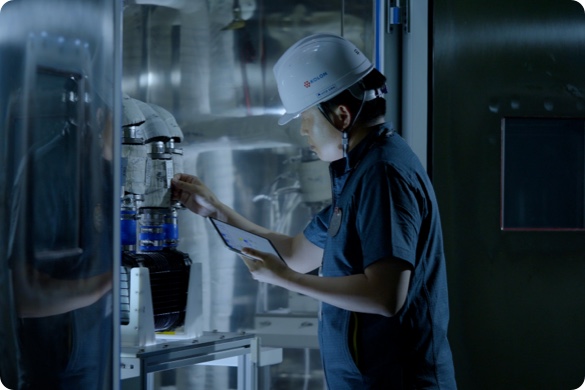
In the 2000s, chemical fibers and packaging films have experienced a decline in competitiveness, and a combination of adverse factors, such as labor-management disputes and a drop in profits, caused problems with management.
In the midst of such crisis, the company continued to make changes to its business portfolio, such as divisions, joint ventures, and mergers, and shape its future.
Especially in December 2009, the manufacturing and fashion division owned by KOLON corporation became separated and started as a new and strong company called KOLON Industries
2009
KOLON Group adopted hosting company structure
Separated the manufacturing department of KOLON Corporation and formed KOLON Industries
FnC KOLON merged into KOLON corporation
2008
Transferred high-absorption resin business to LG Chem.
Established a joint venture with polyimide film manufacturer SKC KOLON PI
Transferred plastic business to KOLON Plastics Inc.
Divided the yarn (N/F, P/F) departments
2007
KOLON chemical merged into KOLON corporation
2006
Signed long-term agreement on membranes for water purification
2005
Established the polyimide film line
Launched OPW airbag business
2004
Established KNC airbag plant in China
Established KNC tire cord plant in China
Launched aramid business
2003
Bought Ulsan polymer film plant
Began producing light diffuser films for LCD
2000
Began producing membranes for hemodialyzers
1994 - 1999
Basis for Growth
With the 1997 completion of the Gimcheon CIM Automation Project that started in 1994, we entered the age of automation, which allows the best quality at the lowest cost.
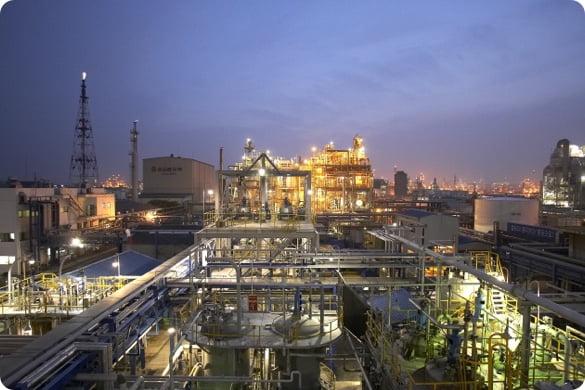
In the mid-1990s, we suffered in the most profitable textile industry, due to emerging competitors who had modernized equipment and increasing payments.
We were able to overcome crisis under the management of Lee Woong-Yeol who was appointed new president in 1994, by enforcing strategic management practice to improve the Group’s competitiveness.
In addition, we developed proprietary technology and started new businesses, such as manufacturing artificial leather and Chamude.
The 1997 completion of the Gimcheon CIM Automation Project for portfolio restructuring allowed us to provide the best quality at the lowest cost. The PET film plant, established in Indonesia in April 1997, marked the beginning of our expansion abroad.
1999
Launched spandex business
1997
Established ACE N-2 line in Gimcheon Plant
Established KOLON Tower in Gwacheon
Established P.T.KOLON INA, film plant in Indonesia
1996
Established GP-24, FBK-1, ACE P-2 lines
Launched character/caricature business
Established P.T.KOLON INA, film plant in Indonesia
1995
Korea Nylon merged into KOLON corporation
Established a branch in Indonesia (P.T.KOLON INA)
Established Gimcheon CIM polyester yarn plant(ACE P-1)
1994
Completed the Gimcheon CIM Automated nylon yarn plant(ACE N-1)
1983 - 1993
Advanced Business
Structure
In the 1990s, with its synthetic fiber manufacturing technology, we tried to become a large material maker specializing in polymer and precision chemicals.
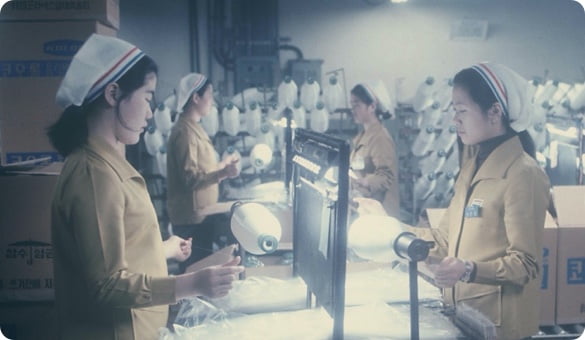
The textile industry in the 1980s began to decline with increasingly tougher competition among exporters and the developed economies enforcing protectionism policies. We implemented management innovation under “second foundation.”
Starting in 1985, we started operating films, video tapes, and medical businesses as part of our business diversification strategy.
In 1990s, we became the first Korean company to manufacture polyester spunbond to expand the textile industry and make new high-value products. With its synthetic fiber manufacturing technology, the company tried to become a large materials maker specializing in polymers and precision chemicals.
Meanwhile, with new offices opened abroad, the company took the first step to developing overseas markets and laid the foundation of major areas of business, such as advanced materials.
1993
Launched artificial leather business
1992
Exported artificial turf KONY GREEN to the U.S.
Established the HELS-2(PET ultra-low shrinkage yarn) plant
1990
Established P-19 automated line in Gumi Plant
Established the polypropylene spunbond plant
1987
Established the polyester film line (1st expansion)
Localized hemodialyzers in Gyeongsan Plant began mass production
1986
Established the videotape (SCEN'A) plant
1985
Established the spunbond manufacturing plant
Established the polyester film plant
1984
Plastics engineering technology partnership with French company Rhône-Poulenc
1969 - 1982
Business Development
In 1981, with the merge of KOLON corporation(Nylon) and KOLON corporation(Polyester), a single new and strong company named KOLON corporation was formed.
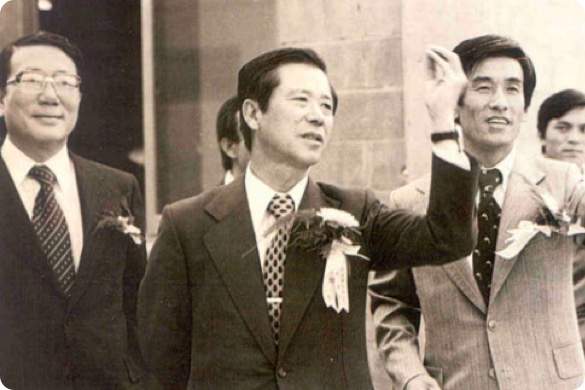
The 1960s and 70s witnessed the nylon fiber boom in Korea and the chemical textile industry was led by KOLON.
With the new fiber polyester, Korea Polyester Inc. was established in 1969, a polyester filament plant was established in 1971 in Gumi, which helped enhance our capabilities in polyester business.
To ensure a reasonable shift in our management system, Korea Nylon and Korea Polyester integrated operations in 1972. The first production of tire cords as part of the business and product diversification strategy laid the foundation of our future growth.
In January 1977, Lee Dong-Chan, currently the honorary chairman, was appointed as chairman of the KOLON Group. In 1981, KOLON Industries(Nylon) and KOLON Industries(Polyester) were merged into 'KOLON corporation'.
In 1982, we prepared for business diversification by buying KOLON’s Gyeongsan Plant.
1982
Succeeded in developing artificial turf
1981
Merged KOLON corporation (Nylon) and KOLON corporation (Polyester)
1977
Korea Nylon and Korea Polyester respectively changed names to KOLON corporation (Nylon) and KOLON corporation (Polyester)
First Korean plant (Gumi) to operate POY
1976
Established 30-ton polyester yarn line in Gumi (second expansion)
Established 6-ton tire cord line in Daegu (1st expansion)
1975
Listed with 2 million shares of Korea Nylon (2 billion Korean won) & with 1.5 million shares of Korea Polyester (1.5 billion won)
1974
Established 9.5-ton nylon yarn line in Daegu Plant (fourth expansion)
Established 12-ton polyester yarn line (1st expansion)
1973
Began 5.4-ton tire cord line operations in Daegu Plant
1971
Established the largest 20-ton polyester yarn line in Gumi Plant
1970
Established 3.2-ton nylon yarn line in Daegu (third expansion)
Established 8-ton nylon yarn line in Daegu (second expansion)
1969
Korea Polyester Inc signed a joint investment agreement with Japan’s TORAY and Mitsui Co.
Established Korea Polyester Inc.
1968~1957
Foundation and Growth
On April 12, 1957, KOLON Industries began the age of chemical fibers in Korea as the first company to produce nylon.
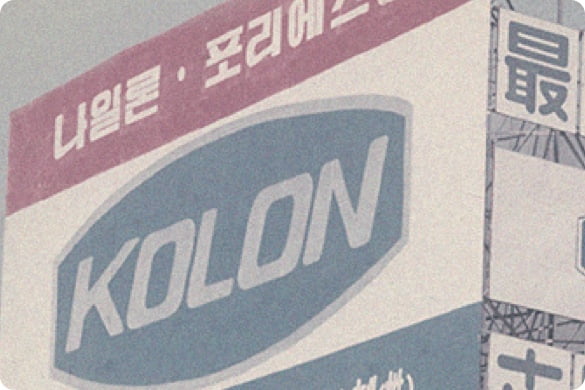
KOLON Industries was founded as Korea Nylon Inc. in Daegu on April 12, 1957, and with its first stretch nylon yarn plant the following year, took the first step to becoming a pioneer in the Korean nylon industry.
In 1963, the company established a yarn manufacturing plant with a capacity of 2.5 tons of nylon filament yarn per day. In 1968, the groundbreaking for the first expansion of the 7.5-ton nylon filament plant played a significant role in making nylon yarn widely used.
1968
Completed 2.5-ton polyester yarn line in Daegu
Completed 7.5-ton nylon yarn line in Daegu (1st expansion)
1963
First Korean company to establish a nylon yarn plant (2.5-ton in Ilsan)
First export of stretch nylon (10,886kg, 39,300 dollars)
1961
Signed a technology agreement with CHEMTEX Inc. for nylon yarn manufacturing
1960
Introduction of permatex equipment
1957
Groundbreaking of the stretch nylon yarn plant
Established Korea Nylon Inc.
코오롱인더스트리의 모바일 웹은
세로 화면에 최적화되어있습니다
